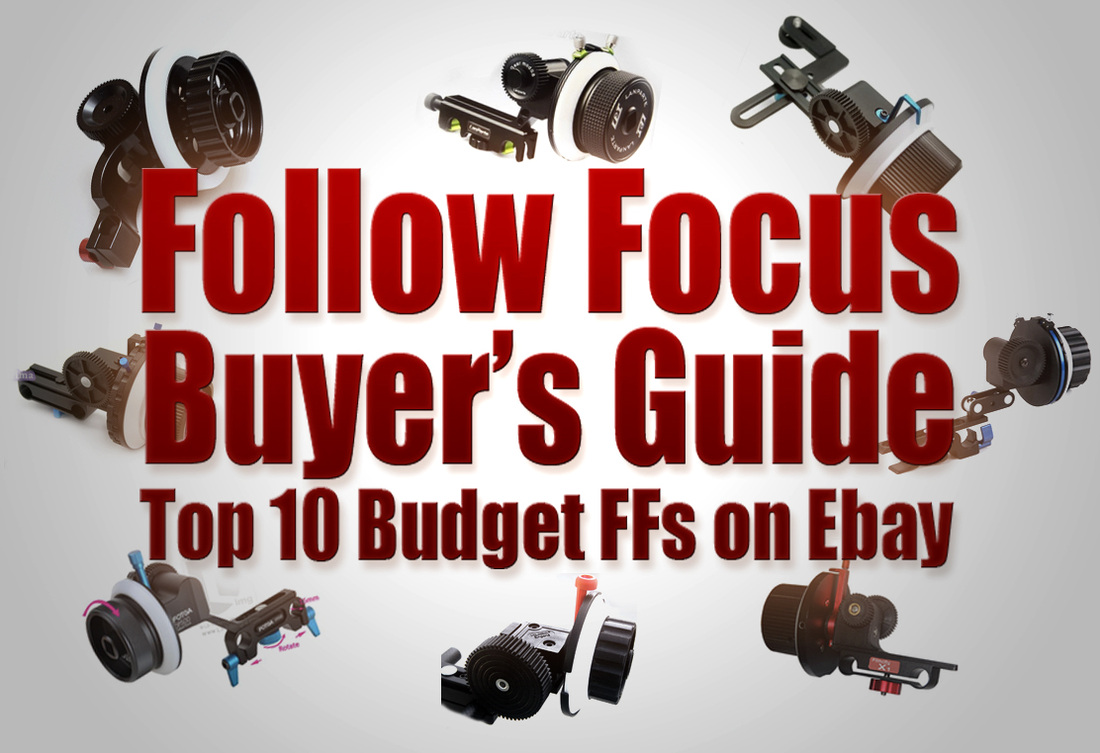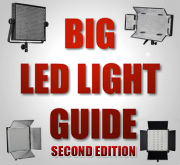
Back in a day when I used to do photography only, I wouldn’t touch anything other than Canon EF lenses, L series whenever possible. The only non-Canon lens I had and still have is my lovely Sigma 15mm fisheye. When I first started using DSLRs for video, the only additional lens I bought was Canon 24-105mm L, great lens, but quite expensive. Only recently I started looking into other lenses for video. Canon EF lenses, while really sharp, are not the best lenses for video. They are made for fast auto focusing, so manual focusing is difficult on these lenses, some like my 100mm f/2.8 has such a short focus throw, it is almost impossible to focus on a moving subject without constantly loosing focus. EF lenses also have no hard stops, which can be a problem when using a follow focus with focusing marks. Lens will keep turning even once to reach the focusing limit, which will result in all focusing marks shifting out of place.
This are the problems that will not be found in high-end cine lenses. However I don’t have money for cine lenses, so I started to look into what is available beyond Canon EF.

The first lens I bought specially for video work was a Samyang 35mm f/1.4. Amassing lens, sharp, fast, well built, longer focusing throw and hard stops. Since I only focus manually in video work, absence of autofocus doesn’t bother me. Since I bought Samyang, I started to thinking about the possibility of using vintage, manual focus lenses, which in theory would have same lovely features that Samyang has, but at even a lower price. I have to say I was skeptical about buying a proper vintage lens. I knew a lot of people were using vintage Nikon primes, so I figured they must be good enough. However I decided not to invest into old Nikon primes, because Nikon lenses focus in different direction (can be very confusing when focusing, especially with a follow focus). Also the prices for Nikon primes gone up due to their popularity.

Canon FDs can’t be used on Canon DSLRs, so they were out for time being too. I decided to just buy something cheap to try it out on my 5D and see if I want to invest any more money into such lenses. I went to a carboot sale and picked up 2 cheap lenses: Pentacon 29mm f/2.8 and Helios 58mm f/2. Each cost me around £3-£5, which is absolutely amassing price for any lens really. Even on eBay these 2 can be bough/won for around £10-£30, still quite amazing comparing to Canon L and even the Samyang. These lenses are quite fast (quite a bit faster than my much loved £700 Canon 24-105 f/4) and are really compact, which in most cases a good thing. The built quality is all metal, so much better than quite a lot of plasticky Canon lenses. Same as Samyang they have longer, smoother focusing through, hard stops and aperture adjustment on the lens, just like proper cine lenses.

To me they are in fact like very low budget cine lenses. Very Low Budget doesn’t mean they are bad though. I picked up a cheap M42 to EF adapter on eBay stuck these lenses on my 5D. To my amassment they actually worked beautifully, no vignetting, focusing issues even though the full frame 5D MKII is the most incompatible DSLR camera for vintage lenses. Here is the useful 5D compatibility list for M42 mount lenses. Before anyone starts to question the optical quality of these lenses, I want to say that I haven’t used them 2 on any proper shoots yet, but I will start filming some test footage with every lens I buy (at such price, I will buy a lot of them) so you guys will be able to see the result and judge the optical quality yourself.
Even though I haven’t tested these lenses properly in real life shoot, even from looking through the camera, I can safely say that for £5 that I paid for them, the quality is amazing, both built and optical. I used to have old Manual Praktica camera with a set of Pentacon primes including the 28mm and I remember how much a loved the pictures shot on the camera with this lenses.

From my very little research I found out that my Helios 44M 58mm is actually a Zeiss Biotar 58mm f/2 Copy. The lens optics were based on Zeiss formulas, so these lenses are apparently very sharp, considering you get a good copy. Read a full article on this lens here. After reading it myself, I feel like I got the biggest lens bargain ever. Carl Zeiss quality for £3? That is the best kept secret in budget filmmaking world, or was I just living on a different “Canon-Only” planet? Anyway, if you didn’t know about this lens, now you know, so don’t hesitate even for a second to get one, at £10-£20 what have you got to loose? In worst case scenario you can sell it back on eBay.

I’ve very excited about all the incredibly cheap vintage lenses out there and my journey of discovery starts with this post. As mentioned above, I will test, review, shoot test footage with as many cheap lenses as I can afford to buy. I guess if I sell one Canon L, I could but around 50-100 Lenses :D
All of my research will hopefully end up as a very comprehensive vintage lens guile for DSLR video. I already bought/won quite a few lenses on eBay (more about them in one of my next posts), so expect a lot of new vintage-lens-based content appearing on the website soon.
I know a lot of people are still very skeptical about vintage lenses unless they are Zeiss or Nikon.
What do you think about them? Would be great to know your thoughts and experience with vintage lenses if any.
All of my research will hopefully end up as a very comprehensive vintage lens guile for DSLR video. I already bought/won quite a few lenses on eBay (more about them in one of my next posts), so expect a lot of new vintage-lens-based content appearing on the website soon.
I know a lot of people are still very skeptical about vintage lenses unless they are Zeiss or Nikon.
What do you think about them? Would be great to know your thoughts and experience with vintage lenses if any.

Click to view this item on eBay

Click to view this item on eBay



 RSS Feed
RSS Feed
